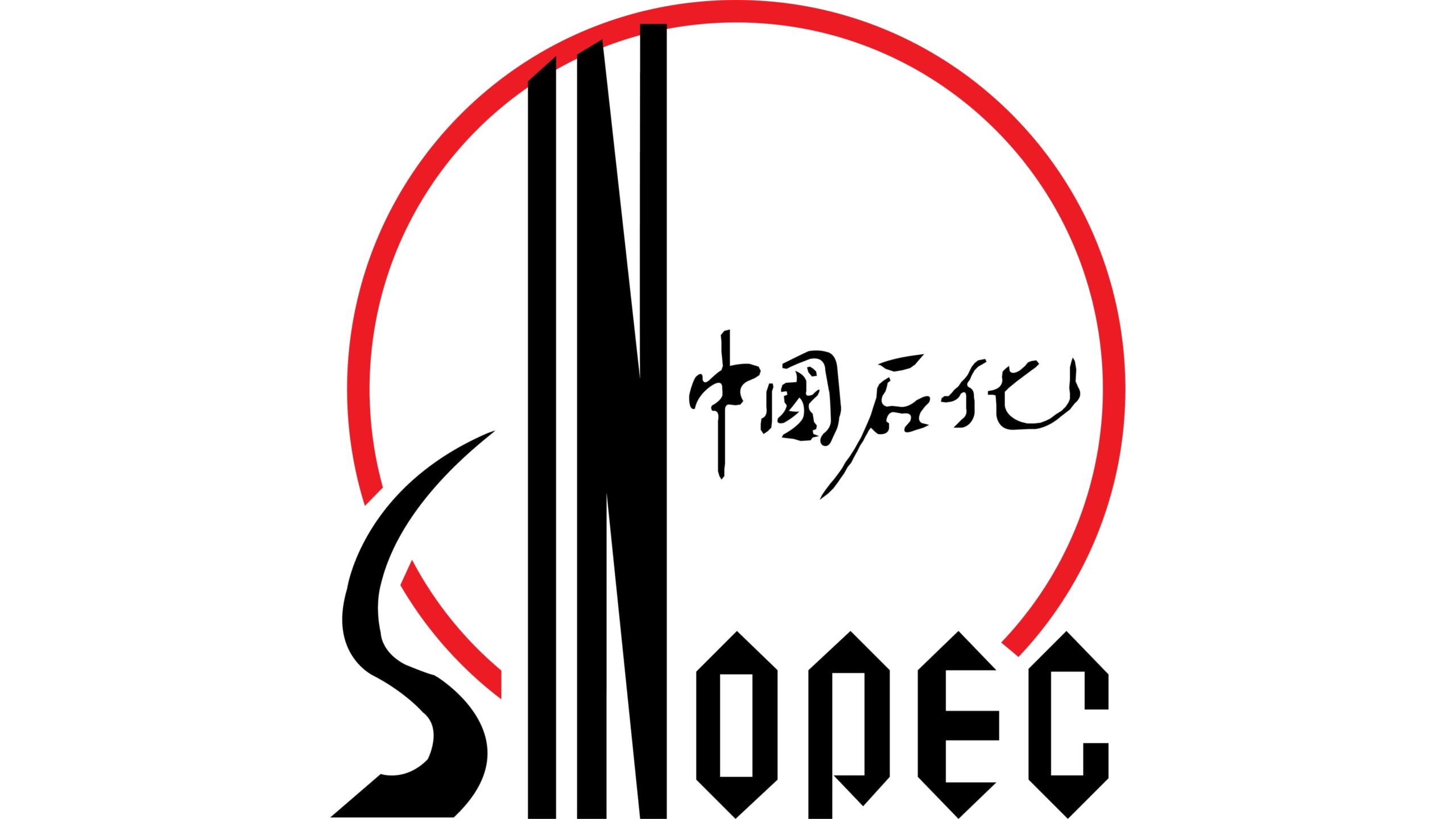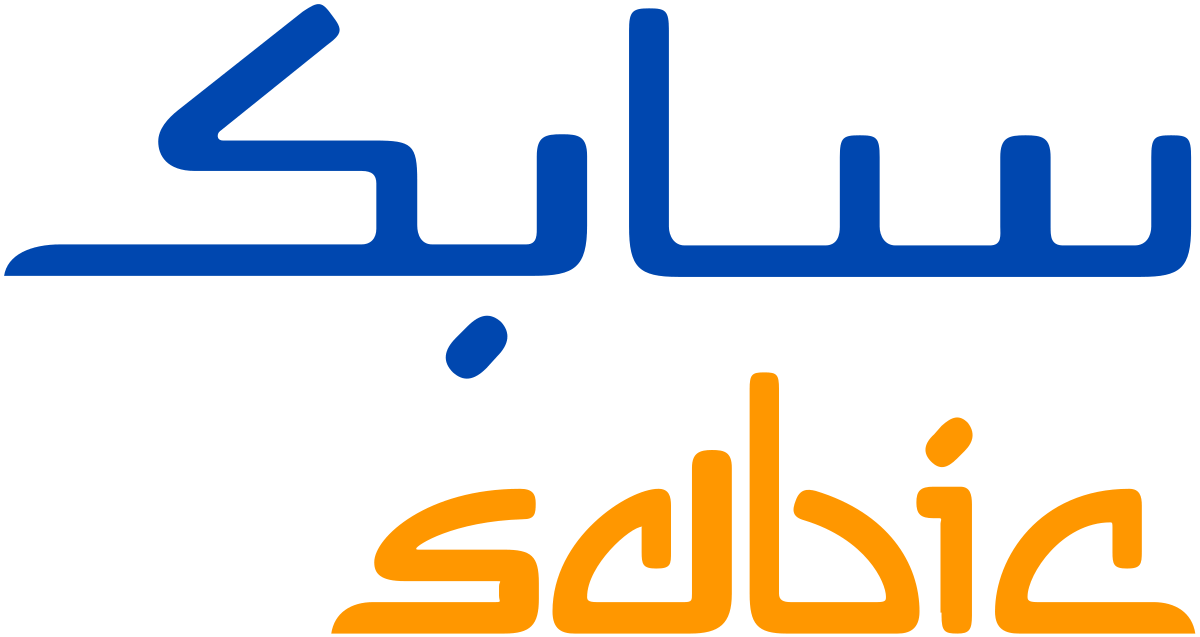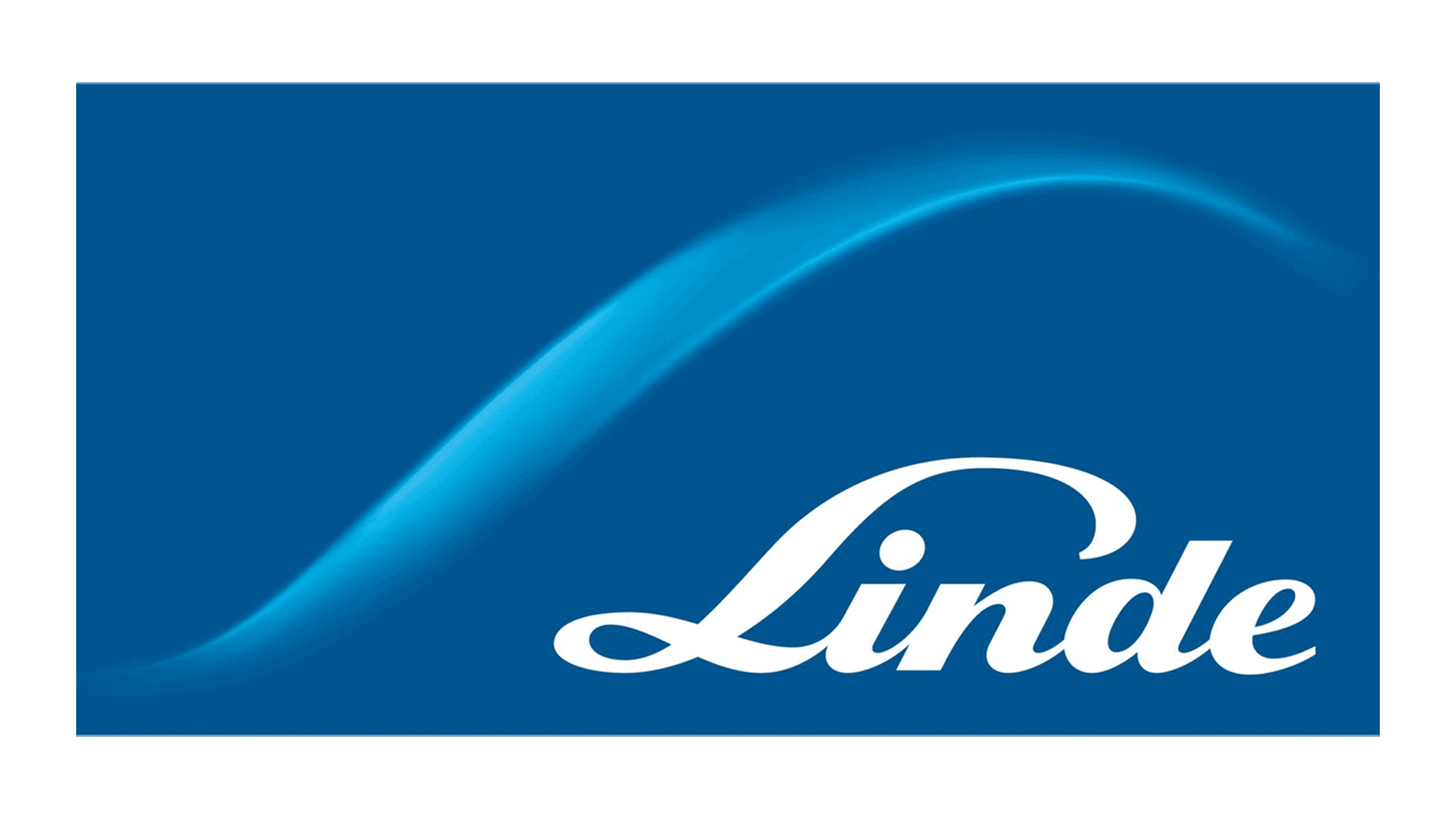Global Polycide Market, By Form, By End Use Industry, By Region & Segmental Insights Trends and Forecast, 2024 – 2034
- Industry: Chemicals & Materials
- Report ID: TNR-110-1093
- Number of Pages: 420
- Table/Charts : Yes
- May, 2024
- Base Year : 2024
- No. of Companies : 10+
- No. of Countries : 29
- Views : 10328
- Covid Impact Covered: Yes
- War Impact Covered: Yes
- Formats : PDF, Excel, PPT
Polycide, a combination of polysilicon and a silicide layer, is widely used in semiconductor manufacturing. This technology is crucial for creating gate electrodes and interconnections in integrated circuits, significantly reducing electrical resistance and enhancing performance. Common silicides used in polycide include titanium, cobalt, and tungsten silicide.
The polycide market is driven by the demand for high-performance electronics, miniaturization of integrated circuits, and advancements in semiconductor technology. Increasing use of polycide in the automotive sector, particularly for electric vehicles, and rising investments in R&D are significant growth drivers. In healthcare, polycide contributes to the development of advanced medical devices, such as imaging systems, diagnostic equipment, and wearable health monitors. Its role in creating smaller, more efficient, and reliable semiconductors enhances the functionality and precision of these medical technologies, thereby improving patient care and enabling innovative healthcare solutions. In terms of revenue, the global polycide market was worth US$ 3.7 Bn in 2023, anticipated to witness CAGR of 5.8% During 2024 – 2034.
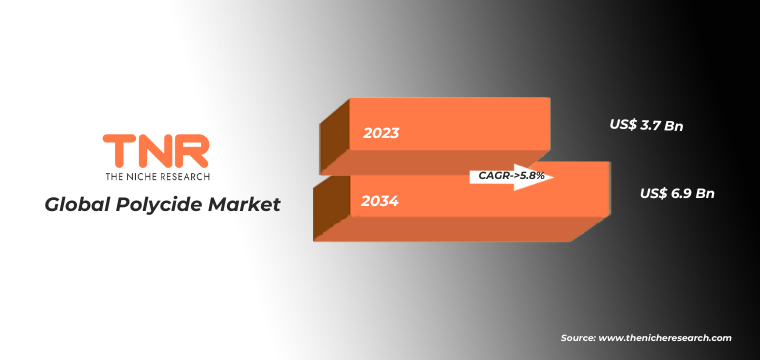
Trends in the Global Polycide Market
- Expansion in Healthcare Applications: Advanced medical devices, such as MRI machines, CT scanners, and wearable health monitors, require high-performance semiconductor components to function accurately and efficiently. Polycide’s superior electrical properties and reliability make it an ideal material for these applications. As the healthcare industry increasingly adopts digital and remote monitoring technologies, the demand for compact and efficient polycide-based semiconductors is growing. This trend is further supported by the rising emphasis on personalized medicine and advanced diagnostic tools, driving continuous innovation and growth in the polycide market within the healthcare sector.
- Advancements in Semiconductor Technology: Innovations in fabrication techniques and materials science are enabling the production of smaller, faster, and more efficient integrated circuits. Polycide, with its superior electrical properties, is essential for these advancements, providing low-resistance contacts crucial for high-performance semiconductors. The push for miniaturization and enhanced functionality in devices like smartphones, laptops, and IoT applications necessitates the use of advanced polycide materials. Furthermore, ongoing research in semiconductor technology is continuously improving polycide’s performance, making it a critical component in next-generation electronic devices and systems.
Global Polycide Market Revenue & Forecast, (US$ Million), 2016 – 2034
Liquid form has garnered major share in the global polycide market during the forecast period.
Liquid polycide is preferred for its ease of application in the manufacturing processes of semiconductors and electronic devices. Its superior coating properties ensure uniformity and precision, which are critical for the miniaturization and enhanced performance of integrated circuits. Additionally, liquid polycide can be more easily integrated into existing production lines, reducing operational disruptions and costs. The versatility of liquid polycide in different industrial applications also contributes to its dominance.
In the electronics industry, it is used extensively in the production of high-performance microchips and transistors. In the healthcare sector, its application in medical device manufacturing ensures high reliability and efficiency. Overall, the combination of technological advantages and broad applicability across various industries underpins the major market share of liquid polycide.
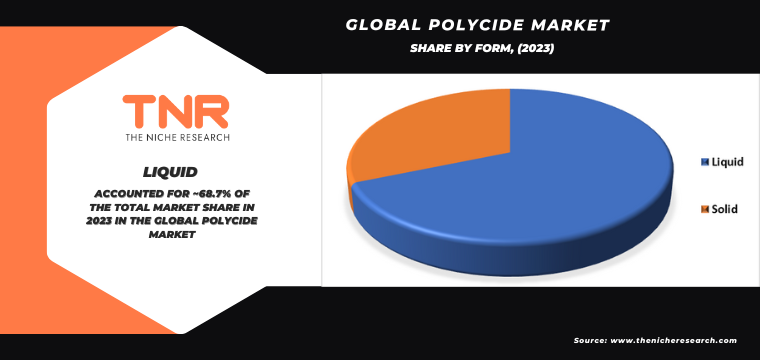
The industrial segment in the end-use industry of the global polycide market is poised for rapid growth, projected to secure a significant revenue market share of 24.7% during the forecast period.
Increasing integration of automation and IoT technologies across industrial sectors is driving the demand for high-performance semiconductor materials like polycide, essential for powering smart sensors, controllers, and data processing units. The burgeoning trend towards Industry 4.0 and smart manufacturing initiatives necessitates the adoption of advanced semiconductor solutions to enhance operational efficiency, productivity, and quality control in industrial processes. Additionally, sectors such as aerospace, automotive, and manufacturing are witnessing substantial growth, further fuelling the demand for polycide-based semiconductor components for various applications ranging from power management to control systems. Overall, the industrial segment’s robust expansion underscores the pivotal role of polycide in powering the next generation of industrial automation and smart manufacturing technologies.
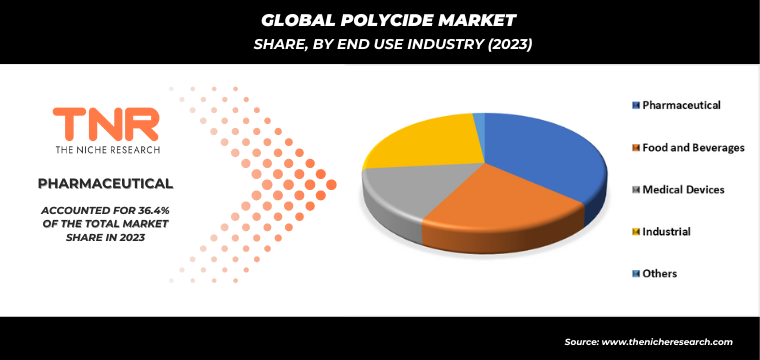
The polycide market in Europe is witnessing steady growth driven by factors such as the region’s strong presence in the semiconductor industry, coupled with a focus on innovation and research, fosters the development and adoption of advanced semiconductor materials like polycide. Increasing investments in technologies such as IoT, automotive electronics, and renewable energy systems are driving the demand for high-performance semiconductors, where polycide plays a crucial role.
The growing emphasis on sustainability and energy efficiency in Europe is driving the adoption of polycide in various applications, including smart grid systems and energy-efficient electronics. Furthermore, supportive government initiatives and policies aimed at promoting semiconductor manufacturing and technological innovation further bolster the growth of the polycide market in Europe. Overall, these factors collectively contribute to the region’s steady growth trajectory in the polycide market.
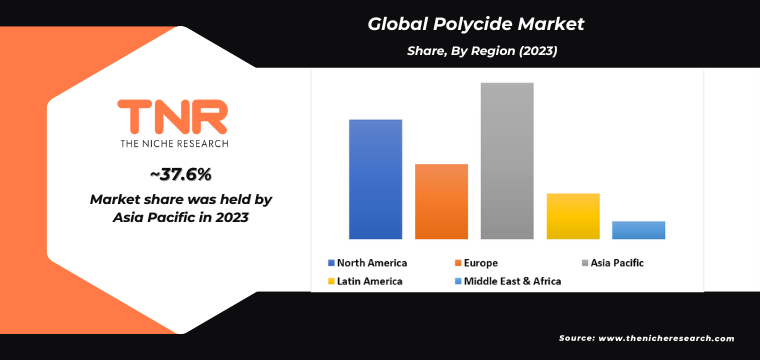
Competitive Landscape
Some of the players operating in the polycide market are
- BASF SE
- Chemol Company Inc.
- DynaChem Inc.
- J.M. Huber Corporation
- Lascaray S. A.
- Oleon NV
- Purestreak Chemicals
- Shanghai Hipoly Bio-tech
- Shanghai Jiangqing International
- Valtris specialty chemicals
- Weifang Maochen Chemical
- Other Industry Participants
Global Polycide Market Scope
| Report Specifications | Details |
| Market Revenue in 2023 | US$ 3.7 Bn |
| Market Size Forecast by 2034 | US$ 6.9 Bn |
| Growth Rate (CAGR) | 5.8% |
| Historic Data | 2016 – 2022 |
| Base Year for Estimation | 2023 |
| Forecast Period | 2024 – 2034 |
| Report Inclusions | Market Size & Estimates, Market Dynamics, Competitive Scenario, Trends, Growth Factors, Market Determinants, Key Investment Segmentation, Product/Service/Solutions Benchmarking |
| Segments Covered | By Form, By End Use Industry, By Region |
| Regions Covered | North America, Europe, Asia Pacific, Middle East & Africa, Latin America |
| Countries Covered | U.S., Canada, Mexico, Rest of North America, France, The UK, Spain, Germany, Italy, Nordic Countries (Denmark, Finland, Iceland, Sweden, Norway), Benelux Union (Belgium, The Netherlands, Luxembourg), Rest of Europe, China, Japan, India, New Zealand, Australia, South Korea, Southeast Asia (Indonesia, Thailand, Malaysia, Singapore, Rest of Southeast Asia), Rest of Asia Pacific, Saudi Arabia, UAE, Egypt, Kuwait, South Africa, Rest of Middle East & Africa, Brazil, Argentina, Rest of Latin America |
| Key Players | BASF SE, Chemol Company Inc., DynaChem Inc., J.M. Huber Corporation, Lascaray S. A., Oleon NV, Purestreak Chemicals, Shanghai Hipoly Bio-tech, Shanghai Jiangqing International, Valtris specialty chemicals, Weifang Maochen Chemical |
| Customization Scope | Customization allows for the inclusion/modification of content pertaining to geographical regions, countries, and specific market segments. |
| Pricing & Procurement Options | Explore purchase options tailored to your specific research requirements |
| Contact Details | Consult With Our Expert
Japan (Toll-Free): +81 663-386-8111 South Korea (Toll-Free): +82-808- 703-126 Saudi Arabia (Toll-Free): +966 800-850-1643 United Kingdom: +44 753-710-5080 United States: +1 302-232-5106 E-mail: askanexpert@thenicheresearch.com
|
Global Polycide Market
By Form
- Liquid
- Solid
By End Use Industry
- Pharmaceutical
- Food and Beverages
- Medical Devices
- Industrial
- Others
By Region
- North America (U.S., Canada, Mexico, Rest of North America)
- Europe (France, The UK, Spain, Germany, Italy, Nordic Countries (Denmark, Finland, Iceland, Sweden, Norway), Benelux Union (Belgium, The Netherlands, Luxembourg), Rest of Europe)
- Asia Pacific (China, Japan, India, New Zealand, Australia, South Korea, Southeast Asia (Indonesia, Thailand, Malaysia, Singapore, Rest of Southeast Asia), Rest of Asia Pacific)
- Middle East & Africa (Saudi Arabia, UAE, Egypt, Kuwait, South Africa, Rest of Middle East & Africa)
- Latin America (Brazil, Argentina, Rest of Latin America)
Report Layout
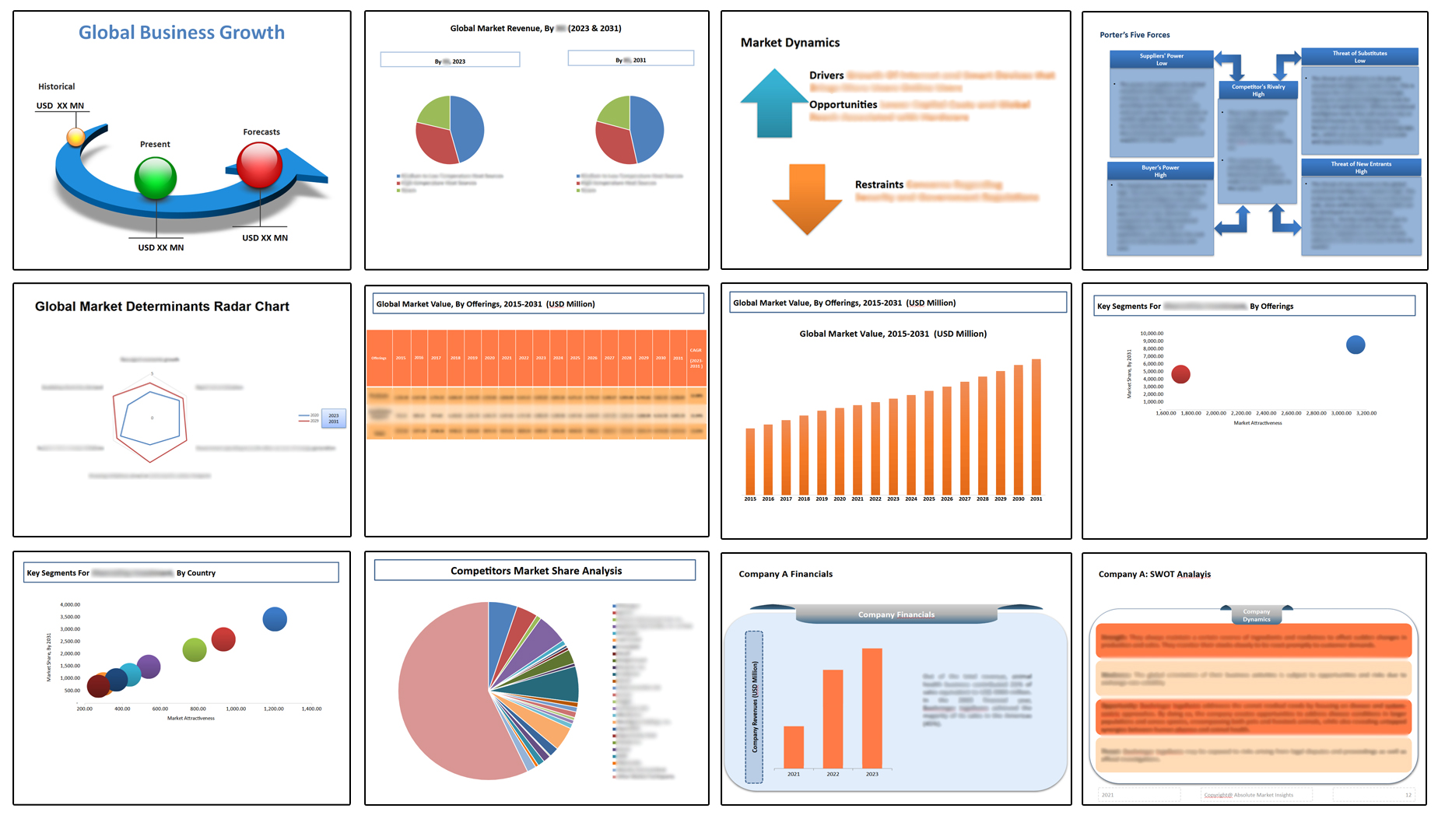
Table of Contents
Note: This ToC is tentative and can be changed according to the research study conducted during the course of report completion.
**Exclusive for Multi-User and Enterprise User.
Global Polycide Market
By Form
- Liquid
- Solid
By End Use Industry
- Pharmaceutical
- Food and Beverages
- Medical Devices
- Industrial
- Others
By Region
- North America (U.S., Canada, Mexico, Rest of North America)
- Europe (France, The UK, Spain, Germany, Italy, Nordic Countries (Denmark, Finland, Iceland, Sweden, Norway), Benelux Union (Belgium, The Netherlands, Luxembourg), Rest of Europe)
- Asia Pacific (China, Japan, India, New Zealand, Australia, South Korea, Southeast Asia (Indonesia, Thailand, Malaysia, Singapore, Rest of Southeast Asia), Rest of Asia Pacific)
- Middle East & Africa (Saudi Arabia, UAE, Egypt, Kuwait, South Africa, Rest of Middle East & Africa)
- Latin America (Brazil, Argentina, Rest of Latin America)
The Niche Research approach encompasses both primary and secondary research methods to provide comprehensive insights. While primary research is the cornerstone of our studies, we also incorporate secondary research sources such as company annual reports, premium industry databases, press releases, industry journals, and white papers.
Within our primary research, we actively engage with various industry stakeholders, conducting paid interviews and surveys. Our meticulous analysis extends to every market participant in major countries, allowing us to thoroughly examine their portfolios, calculate market shares, and segment revenues.
Our data collection primarily focuses on individual countries within our research scope, enabling us to estimate regional market sizes. Typically, we employ a bottom-up approach, meticulously tracking trends in different countries. We analyze growth drivers, constraints, technological innovations, and opportunities for each country, ultimately arriving at regional figures.Our process begins by examining the growth prospects of each country. Building upon these insights, we project growth and trends for the entire region. Finally, we utilize our proprietary model to refine estimations and forecasts.
Our data validation standards are integral to ensuring the reliability and accuracy of our research findings. Here’s a breakdown of our data validation processes and the stakeholders we engage with during our primary research:
- Supply Side Analysis: We initiate a supply side analysis by directly contacting market participants, through telephonic interviews and questionnaires containing both open-ended and close-ended questions. We gather information on their portfolios, segment revenues, developments, and growth strategies.
- Demand Side Analysis: To gain insights into adoption trends and consumer preferences, we reach out to target customers and users (non-vendors). This information forms a vital part of the qualitative analysis section of our reports, covering market dynamics, adoption trends, consumer behavior, spending patterns, and other related aspects.
- Consultant Insights: We tap into the expertise of our partner consultants from around the world to obtain their unique viewpoints and perspectives. Their insights contribute to a well-rounded understanding of the markets under investigation.
- In-House Validation: To ensure data accuracy and reliability, we conduct cross-validation of data points and information through our in-house team of consultants and utilize advanced data modeling tools for thorough verification.
The forecasts we provide are based on a comprehensive assessment of various factors, including:
- Market Trends and Past Performance (Last Five Years): We accurately analyze market trends and performance data from preceding five years to identify historical patterns and understand the market’s evolution.
- Historical Performance and Growth of Market Participants: We assess the historical performance and growth trajectories of key market participants. This analysis provides insights into the competitive landscape and individual company strategies.
- Market Determinants Impact Analysis (Next Eight Years): We conduct a rigorous analysis of the factors that are projected to influence the market over the next eight years. This includes assessing both internal and external determinants that can shape market dynamics.
- Drivers and Challenges for the Forecast Period:Identify the factors expected to drive market growth during the forecast period, as well as the challenges that the industry may face. This analysis aids in deriving an accurate growth rate projection.
- New Acquisitions, Collaborations, or Partnerships: We keep a close watch on any new acquisitions, collaborations, or partnerships within the industry. These developments can have a significant impact on market dynamics and competitiveness.
- Macro and Micro Factors Analysis:A thorough examination of both macro-level factors (e.g., economic trends, regulatory changes) and micro-level factors (e.g., technological advancements, consumer preferences) that may influence the market during the forecast period.
- End-User Sentiment Analysis: To understand the market from the end-user perspective, we conduct sentiment analysis. This involves assessing the sentiment, preferences, and feedback of the end-users, which can provide valuable insights into market trends.
- Perspective of Primary Participants: Insights gathered directly from primary research participants play a crucial role in shaping our forecasts. Their perspectives and experiences provide valuable qualitative data.
- Year-on-Year Growth Trend: We utilize a year-on-year growth trend based on historical market growth and expected future trends. This helps in formulating our growth projections, aligning them with the market’s historical performance.
Research process adopted by TNR involves multiple stages, including data collection, validation, quality checks, and presentation. It’s crucial that the data and information we provide add value to your existing market understanding and expertise. We have also established partnerships with business consulting, research, and survey organizations across regions and globally to collaborate on regional analysis and data validation, ensuring the highest level of accuracy and reliability in our reports.


